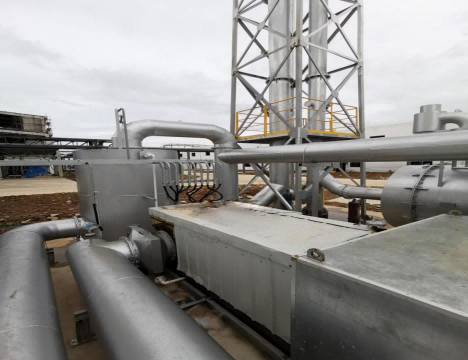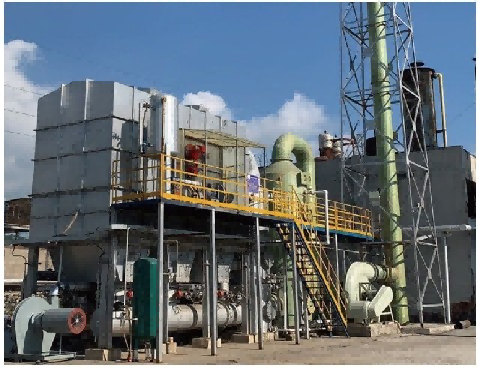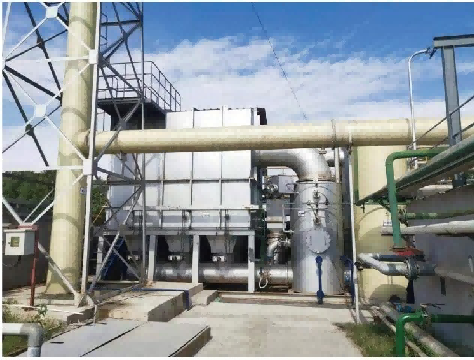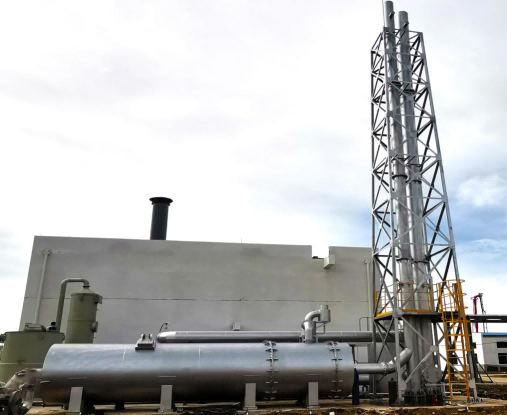
Principle and Application Introduction: Organic waste gas is transported by a fan and heated to around 250-300 ℃ through a heat exchanger. At this temperature, the organic components in the exhaust gas are oxidized and decomposed into carbon dioxide and water under the action of a catalyst. The high-temperature flue gas after the reaction enters the waste heat boiler or other heat exchange equipment to recover the heat of the flue gas. The flue gas then enters the heat exchanger to preheat the exhaust gas, and finally the flue gas is discharged through the chimney. Catalytic oxidation technology is particularly suitable for high heat recovery requirements, and there are no other processes available as heat exchange recovery procedures; Suitable for situations on the same production line where the composition of exhaust gas often changes or the concentration of exhaust gas fluctuates significantly due to different products. The application industry is wide, and the types of organic substances that can be processed include benzene, ketones, esters, phenols, aldehydes, alcohols, ethers, and hydrocarbons. Suitable for deodorization of sewage treatment stations. Treat organic waste gas or odor with a concentration between 500 and 7000mg/m3. Suitable for the desorption waste gas after the concentration of zeolite wheel.
Heat recovery method:
☆ Heat transfer oil heating
☆ Saturated steam, superheated steam
☆ Hot air or hot water
Processing scale and scope of application:
☆ Treatment method: catalytic oxidation
☆ Processing capacity: 0.1-100 × 104m ³/ H
☆ Scope of application: petroleum, chemical, rubber, paint, painting, furniture, printed iron cans, printing, etc
Catalyst characteristics:
☆ High temperature stabilization treatment of alumina carrier
☆ The catalyst is not sintered
☆ Stable specific surface area of catalyst
☆ Catalysts facilitate the cleaning of highly dispersed precious metals
☆ Low resistance, saving operating costs
☆ Low temperature and high activity
☆Extremely high mechanical strength
☆ Very high thermal stability
Structural features:
☆It can simultaneously remove multiple organic pollutants, and has the advantages of simple process flow, compact equipment, and reliable operation.
☆The operating cost is low, and its heat recovery efficiency can generally reach over 95%.
☆The entire process produces no wastewater, and the purification process does not produce secondary pollution such as NOX.
☆Adopting catalytic combustion method for flameless combustion, with low operating cost and recyclable heat energy.
☆Set up multiple safety facilities, ensuring reliable equipment operation and high production safety performance.
☆The purification efficiency can reach over 98%, ensuring that the exhaust meets environmental emission standards.
☆Low ignition temperature, high heat exchange and heating efficiency, low energy consumption, and low operating cost.
☆The equipment layout has a compact structure, a small footprint, and is convenient for operation and maintenance management.




